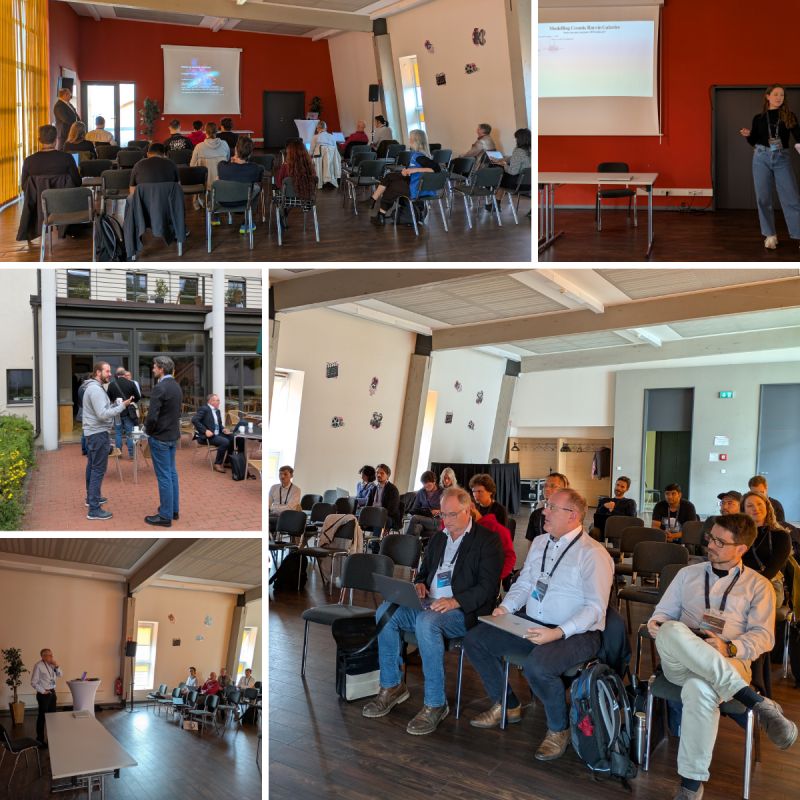
30.09.2025
Our CRC contributed to the 2025 Annual Meeting of the German Astronomical Society (Astronomische Gesellschaft) with the dedicated Splinter Session “Multi-messenger Signatures of Feedback Processes in Galaxies”, organized by Dominik Bomans and Dominik Elsässer.
This session brought together experts to discuss recent advances in understanding feedback mechanisms in galaxies through multi-messenger and multi-wavelength observations. The presentations and discussions explored how active galactic nuclei, massive stars, cosmic rays, and magnetic fields shape the interstellar medium, drive turbulence, and influence cosmic ray transport.
The full program can be found here.
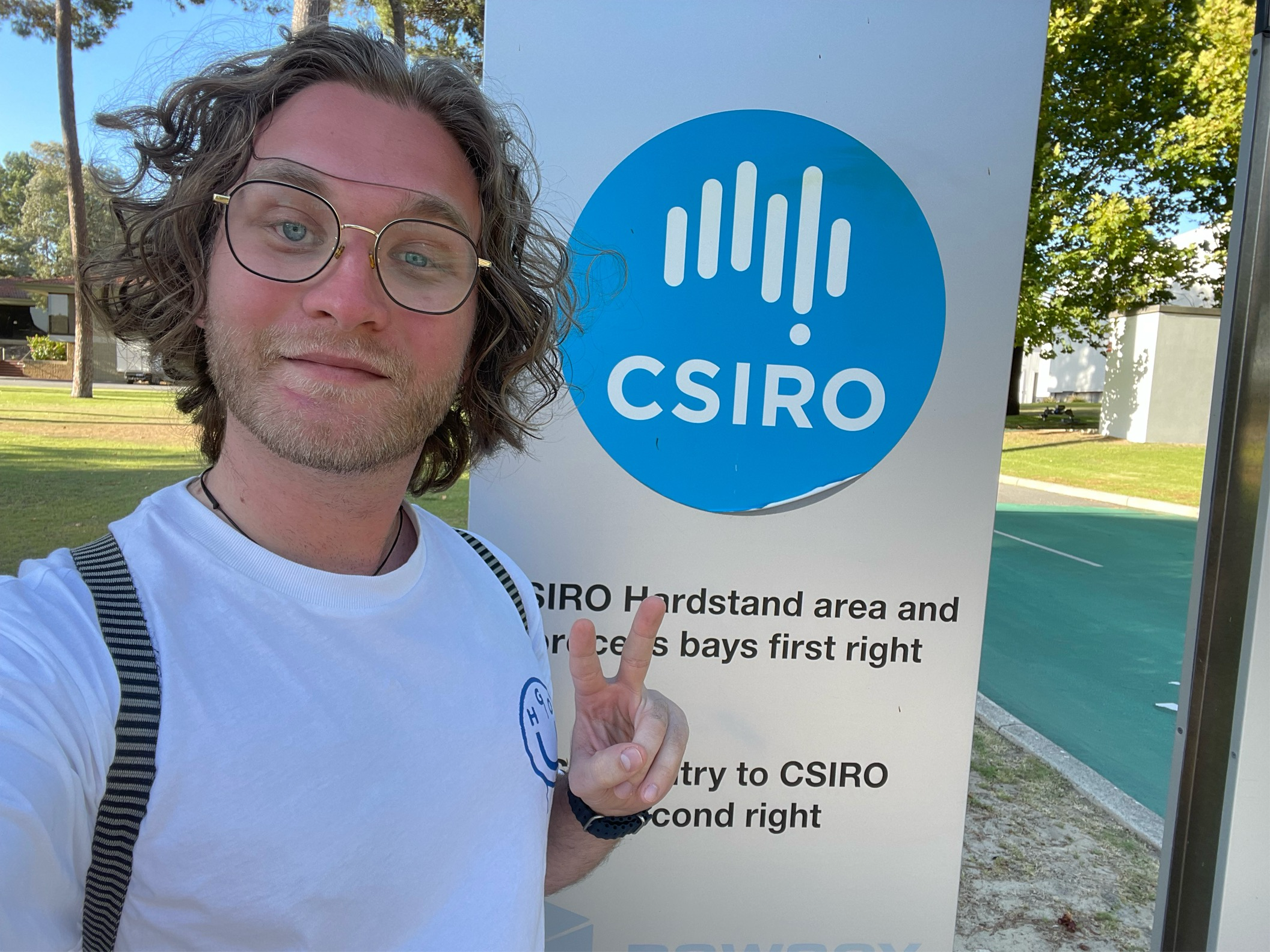
10.07.2025
The CSIRO Student Program is a competitive initiative by the CSIRO, Australia’s national science agency. The program supports a small number of early-career researchers whose work aligns closely with CSIRO’s scientific priorities and who actively contribute to collaborative research with CSIRO teams.
Within project A2 of our CRC, Sam focuses on the role of magnetic fields in dwarf galaxies and the transport of cosmic rays.
As part of the CSIRO Student program, Sam will return to Perth in November 2025 for a one-month research visit, deepening the scientific collaboration and highlighting the growing ties between the SFB and CSIRO.
He will work directly with Tim Galvin, Alec Thomson, and George Heald on joint modeling approaches and data interpretation, laying the groundwork for future shared initiatives.
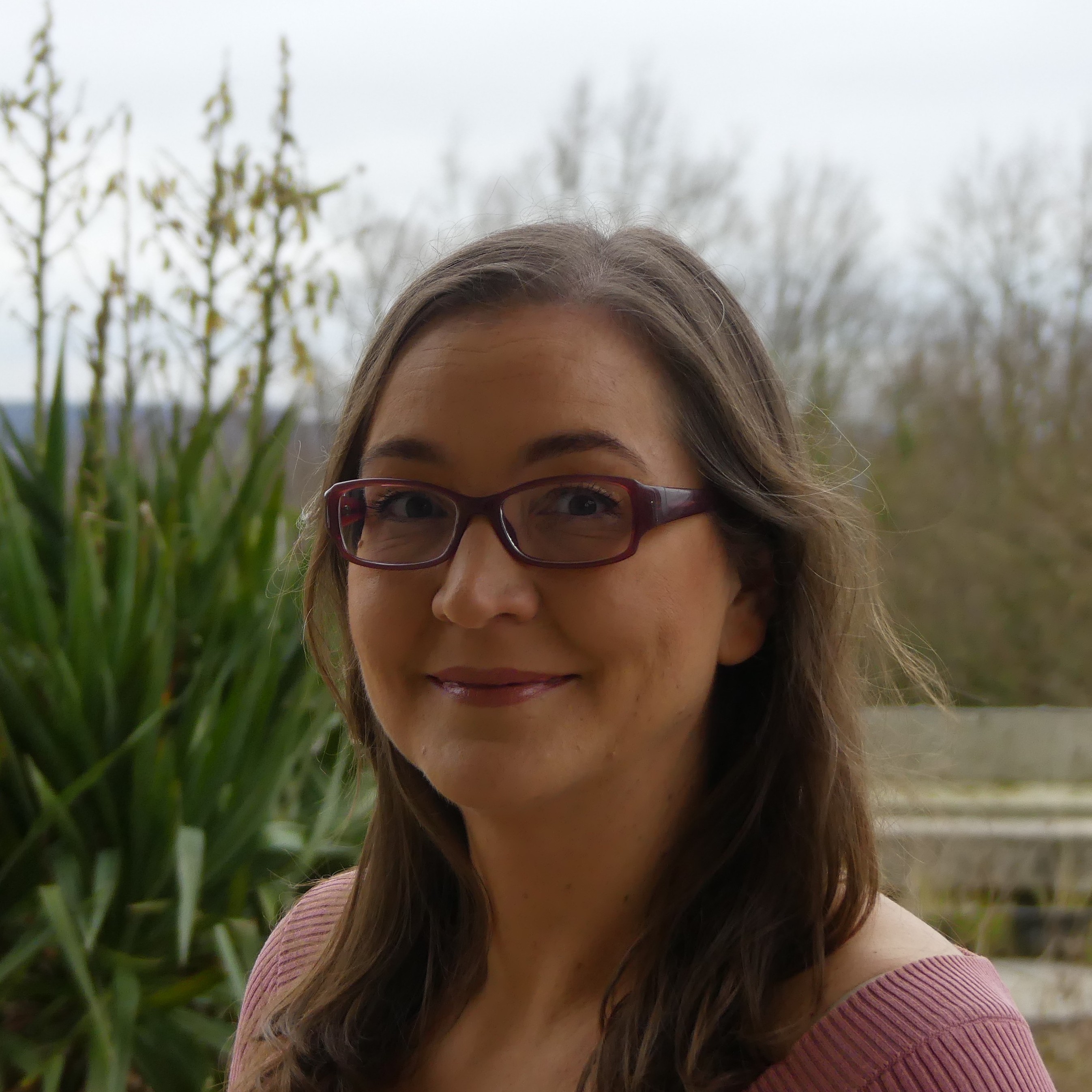
02.07.2025
We congratulate our CRC Spokesperson Julia Tjus on her election into the Senate of the Deutsche Forschungsgemeinschaft (DFG) - German Research Foundation!
The Senate is the central scientific body that advises on all matters of fundamental importance to the DFG and, in many cases, also makes decisions.
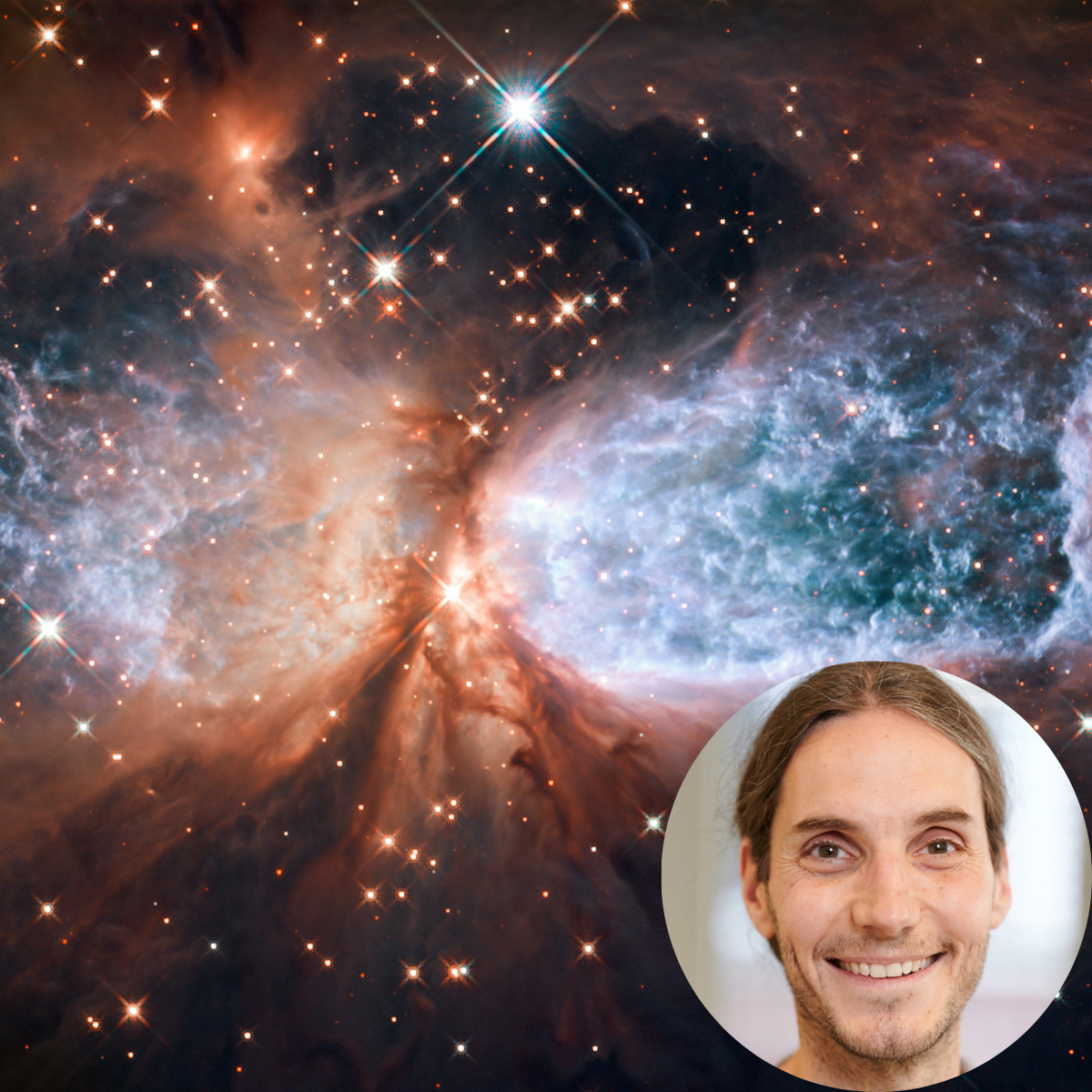
18.06.2025
We are pleased to invite you to the public lecture “Die Geburt stellarer Monster - Über die Entstehung der massereichsten Sterne im Universum " (in German).
In his talk, Rolf Kuiper will explore how the most massive stars in the cosmos are formed, which are rare in number, but extremely bright. He will connect the latest insights from astrophysical simulations with brand-new observations of young, massive star-forming regions that have only recently become accessible.
When 25.6.25 at 20:00
Where Planetarium Bochum
For registration and further information, please have a look at the Planetarium’s homepage.
Picture:
In the S 106 region, about 2,000 light-years from Earth, a particularly massive star is being born.
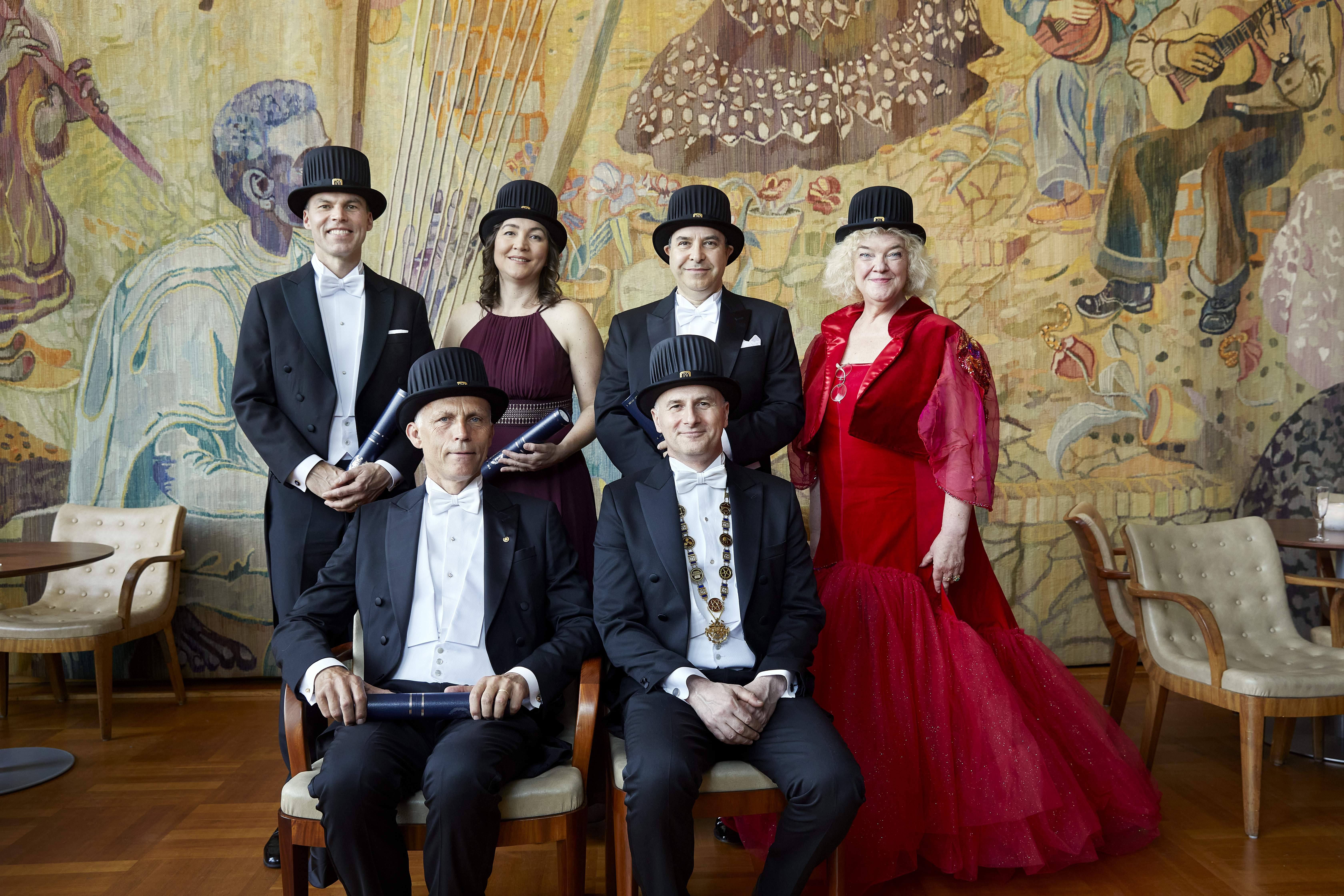
02.06.2025
We are happy to announce that our spokesperson Julia Tjus has been officially named an Honorary Doctor of the Chalmers University of Technology as of May 24, 2025.
This prestigious recognition was awarded during the university’s annual academic celebration in the Gothenburg Concert Hall.
Julia has been honored for her groundbreaking contributions to astroparticle physics. Her pioneering work in neutrino astronomy and cosmic ray research, especially her collaboration with the IceCube Neutrino Observatory, has significantly advanced our understanding of the high-energy universe.
Since her postdoctoral stay in Gothenburg, she has maintained a close connection with Chalmers University. As a Jubilee Professor in 2023 and now as an Associate Professor, she continues to strengthen the strong partnership with Nordic radio and neutrino astronomy.
We also extend our congratulations to the new doctors of Chalmers University, the honorary doctors Babak Hassibi (CalTech), Herre van der Zant (TU Delft), and Marcus Wandt (Saab/Esa), and Chalmers Supervisor of the Year Yinan Yu.
Please also have look at the news articles of Chalmers
and RUB News
Picture:
All honorary doctorates: front: Herre van der Zant, Martin Nilsson Jacobi (President of Chalmers University), back: Marcus Wandt, Julia Tjus, Babak Hassibi, Eva Olsson (Chair of the Faculty Council)